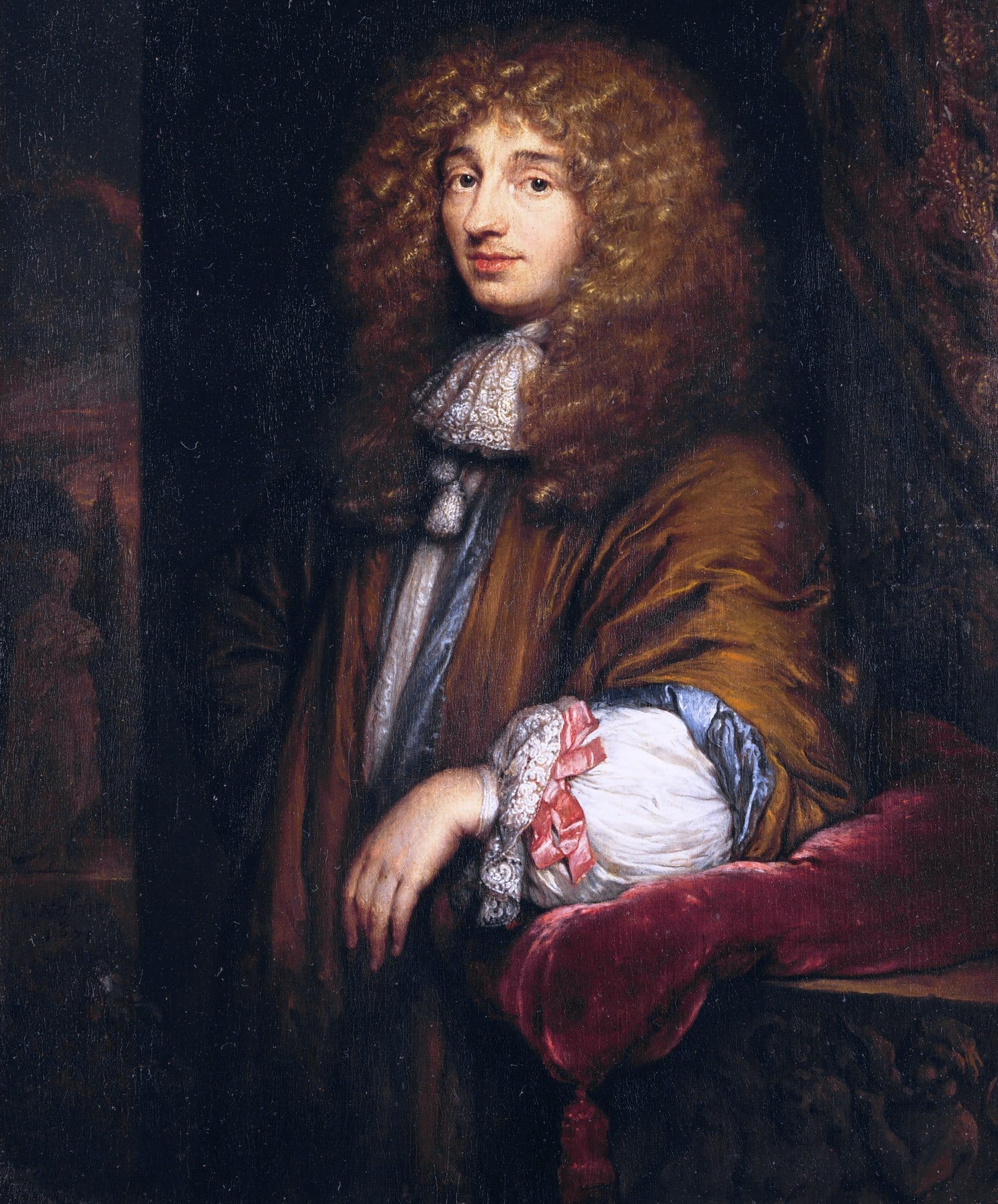Christiaan Huygens, born on April 14, 1629, in The Hague, Netherlands, was a remarkable scientist whose contributions spanned multiple fields, including astronomy, mathematics, and physics. Huygens is often regarded as one of the most influential scientists of the 17th century, alongside figures like Isaac Newton and Galileo Galilei. His innovative work laid the foundations for many modern scientific principles and devices.
Huygens was born into a prominent and intellectual family. His father, Constantijn Huygens, was a diplomat and poet, and his household was a center of cultural and intellectual activity. This environment undoubtedly influenced Christiaan’s early interest in science and mathematics. He studied law and mathematics at the University of Leiden and the College of Orange in Breda, where he developed a profound understanding of geometry and mechanics.
One of Huygens’ earliest achievements was the invention of the pendulum clock in 1656. Before this invention, timekeeping devices were notoriously inaccurate. Huygens’ pendulum clock dramatically improved accuracy, reducing errors to within seconds per day. This innovation was crucial for navigation and the development of modern timekeeping. His work “Horologium” detailed the principles behind his clock and its potential applications.
In the field of astronomy, Huygens made several groundbreaking discoveries. Using a telescope he designed and built himself, he was the first to identify the true shape of Saturn’s rings in 1655. Previous astronomers, including Galileo, had been puzzled by the appearance of Saturn’s rings, but Huygens’ observations and sketches provided a clear understanding of their structure. During the same year, he discovered Titan, Saturn’s largest moon, further cementing his legacy in astronomy.
Huygens’ contributions to optics were equally significant. He formulated the wave theory of light, which proposed that light travels in waves rather than particles. This theory was detailed in his 1690 work “Traité de la Lumière” (Treatise on Light), where he explained phenomena such as reflection, refraction, and diffraction. Although initially overshadowed by Newton’s particle theory of light, Huygens’ wave theory eventually gained acceptance and became a cornerstone of modern physics.
In mathematics, Huygens worked on problems related to probability and games of chance, publishing “De ratiociniis in ludo aleae” (On Reasoning in Games of Chance) in 1657. This work is considered one of the foundational texts in the field of probability theory. He also made contributions to geometry and the study of curves, including his work on the cycloid and its properties.
Huygens’ curiosity and innovative spirit extended to many areas of science and engineering. He was one of the first to propose the concept of extraterrestrial life, speculating about the possibility of life on other planets in his book “Cosmotheoros,” published posthumously in 1698. His diverse interests and contributions exemplify the polymath nature of many scientists of the Scientific Revolution.
Despite his many achievements, Huygens’ life was not without challenges. He experienced political and religious tensions in his native Netherlands and spent significant periods in France, where he was a member of the prestigious French Academy of Sciences. His health declined in his later years, and he returned to the Netherlands, where he died on July 8, 1695.
Christiaan Huygens’ legacy is profound and far-reaching. His innovations in timekeeping, astronomy, optics, and mathematics laid the groundwork for future scientific advancements. The principles he established and the devices he created are still in use today, reflecting his enduring impact on science and technology. Huygens’ work exemplifies the spirit of inquiry and innovation that drives scientific progress, making him a towering figure in the history of science.
